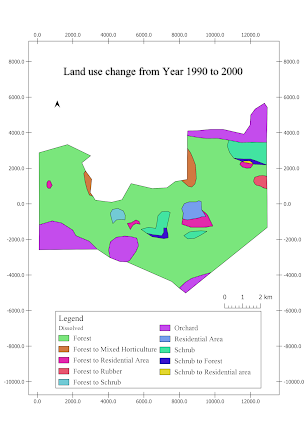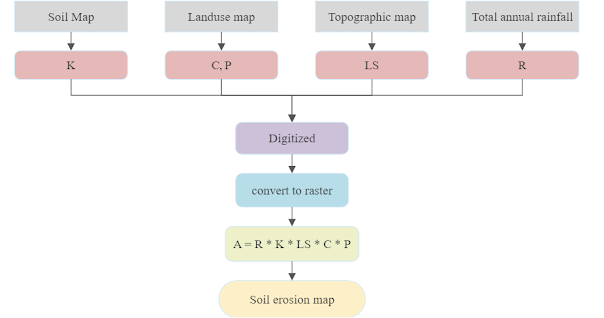Project 5: Normalized Difference Vegetation Index (NDVI)
The Normalized Differentiation Vegetation Index (NDVI) is an index introduced in 1979 by Tucker to measure the health and density of vegetation. It compares the reflectance difference between Near Infra-Red (NIR) and Red bands. NDVI is commonly used to assess green biomass, leaf area index, and production patterns. The values of NDVI range from -1 to 1, with low values indicating barren areas, moderate values indicating sparse vegetation, and high values indicating dense vegetation.
NDVI can be obtained by calculating the ratio using satellite images. It is useful in land cover classification as it can differentiate different types of land cover based on the percentage of red light reflected back into space.
NDVI plays a crucial role in land cover classification due to its capacity to distinguish different types of land cover based on the proportion of red light that is reflected back into space. Water or snow typically yield low NDVI values since they do not absorb visible or red light, whereas forests exhibit high NDVI values because they absorb a significant portion of visible light during photosynthesis.
The comparison between using remote sensing and attribute data as data sources in GIS for land use analysis involves examining their data type, representation of spatial data, data interpretation and analysis, and their complementary nature. Remote sensing data provides detailed spatial information about land cover and physical characteristics, while attribute data provides descriptive information about land use-related attributes. Remote sensing data focuses on capturing and analyzing the physical properties of the land, while attribute data provides contextual information and additional attributes for land use analysis in GIS. By combining both data sources, land use analysis benefits from the integration of spatial and attribute information, resulting in comprehensive insights.





Comments
Post a Comment